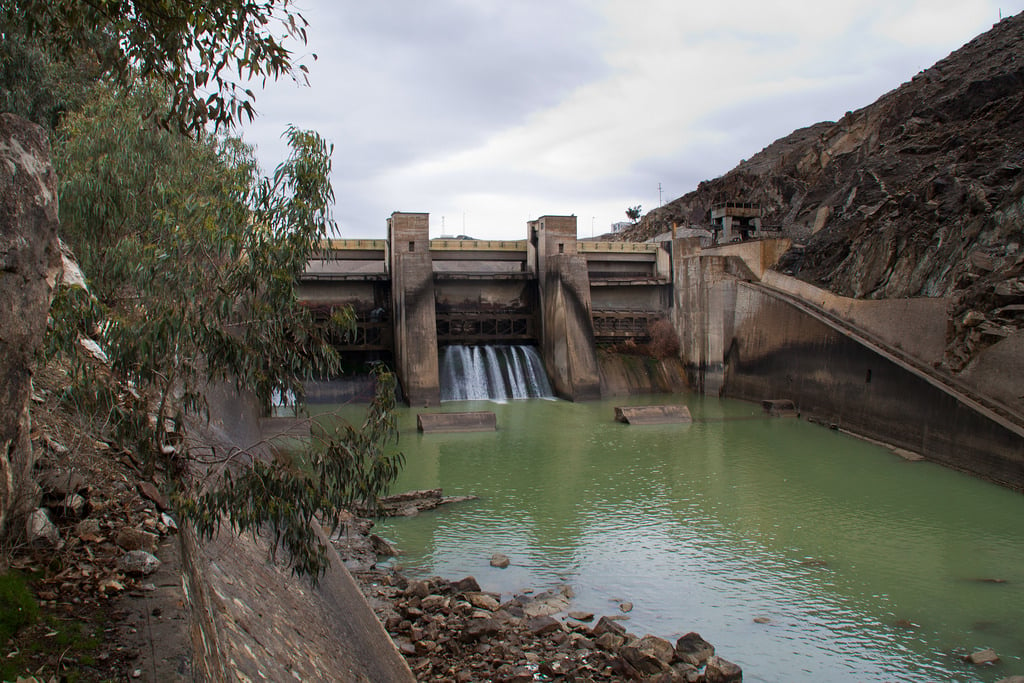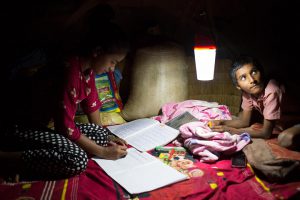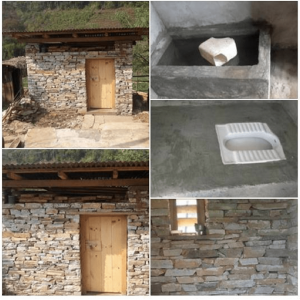Pakistan and Iran have always had historical claims over the water resources of Afghanistan. These claims have always been rejected by Afghanistan. The chaotic politics of water between Afghanistan and its neighbours has a long history, due to the lack of water-sharing agreements between them.
Despite sharing 90% of its water resources with neighbours, Afghanistan has only one bilateral water treaty, with Iran. Signed in 1973, according to the agreement, Iran should receive 850 million cubic metres of water annually from the Helmand River basin.
However, Afghan officials believe the treaty has been not fully implemented from the Iranian side. Iran has been receiving 70% more than the amount of water initially agreed upon in 1973. Furthermore, without consulting Afghanistan, Iran has built infrastructure on the water flowing from Afghanistan.
As for Pakistan, several attempts at an agreement have come up short. In 2006, the World Bank consulted with Afghanistan and Pakistan over a joint treaty on the Kabul River basin. But the intervention of the World Bank did not result in an optimal outcome for both sides, and conflict continued.
In 2011, the Ministry of Water and Power of Pakistan once again asked for the intervention of the United States and World Bank in achieving a water treaty with Kabul to avoid disputes on water-sharing issues. Once again, the negotiations failed and water-sharing has become a potential troublemaker between the two neighbours. President Ashraf Ghani initiated talks on “water-related issues” during his visit to Iran in 2015 to sign the trilateral Chabahar port agreement. Ghani stated that the government of Afghanistan always considered river basin management to be the best instrument for dealing with water issues.
According to the World Bank, Afghanistan has 57 billion cubic metres of surface water flowing from its three large river basins; the Amu Darya Basin in the north, the Kabul River Basin in the east, and the Helmand River Basin in the south. Of the existing resources, 17 BCM are currently used; that gives the sense of that Afghanistan’s water resources are underused. But it is estimated that Afghanistan’s usage will increase to 30 BCM in the future. Afghanistan is currently beginning the second phase of the development on the Kajaki dam, the largest dam in Afghanistan, along with developing the Sorobi dam and accelerating the procurement processes of five major reservoirs and dams.
Pakistan and Iran are both dependent on water flowing out of Afghanistan to irrigate their territories and fuel their development. A decrease in water availability in the future and increase in the capacity of water storage accompanied by the development of new hydropower projects inside Afghanistan would decrease the flow of water to Pakistan and Iran and may threaten their communities.
Thus, Kabul needs to assure Pakistan and Iran that recent development and infrastructure-building on the Helmand and Kabul Rivers is both a legitimate right and immediate domestic need of Afghanistan. Afghanistan must convince its neighbours that these projects will not threaten their downstream communities, but will rather lead to peace-building in the region. To do that Kabul needs to build its capacity in water diplomacy.
In the past there were reports of sabotage targeting Afghan efforts to build dams and hydro projects, originating from both Pakistan and Iran. For instance, in 2012 a story by TIME indicated that Pakistan may have been involved in the murder of Khan Wali, a local militia leader tasked with protecting one of Afghanistan’s most important dams, Machalgho Dam in eastern Paktia province. And Iran was meddling in the implementation of Salma Dam until its inauguration in June 2016 by Ghani and Indian Prime Minister Narendra Modi in western Herat province. In 2015 a report by The Guardian says that Iranian guards on the border fired at residents of Kohsan district in Herat province when villager came to collect drinking water from the Hari Rud River. According to Afghan leaders, 10 villagers were shot dead.
Both Pakistan and Iran have a history of sabotaging Afghan efforts to use its water resources, in addition to diplomatic meddling to hijack investment of donor countries in Afghanistan’s hydro projects. Clearly, these neighbours do not want Afghanistan to become a hydro-hegemon.
These issues could be solved properly if all actors would commit themselves to regional cooperation and collective action. Any further dispute and disagreement over water sharing between Kabul and the neighbouring countries will lead to further tangled ties in the region. And future socioeconomic, environmental, and hydrologic challenges will threaten all.
Any potential water treaty between Afghanistan and neighbours in the future should generate gains for all the stakeholders. It is time for the leaders of these countries to agree on the common cause of development in the region and build their relationships. They must act like statesmen and work for the next generation. The only option the region has for survival is consensus and agreement on pressing issues such as security, economic progress, and water sharing.
This article was first published on the Diplomat.







